Antogin ER | Tablet | 6 pcs
৳ 96.00
Brand Name: Antogin ER Tablet (Extended Release)
Generic: Ranolazine
500 mg
Manufacturer: Renata Limited
Unit Price: ৳ 16.00 (5 x 6: ৳ 480.00)
Strip Price: ৳ 96.00
Indications
Therapeutic Class
Pharmacology
Ranolazine has anti-ischemlc and antlanginal effects that do not depend upon reductions in heart rate or blood pressure.The exact mechanism of action of ranolazine is unknown. Ranolazine at therapeutic levels can inhibit the cardiac late sodium current (INa). However, the relationship of this inhibition to angina symptoms is uncertain.
The QT prolongation effect of ranolazine on the surface electrocardiogram is the result of inhibition of IKr which prolongs the ventricular action potential.
Dosage & Administration
Interaction
CYP 3A Inhibitors: Do not use Ranolazine with strong CYP 3A inhibitors. With moderate CYP 3A inhibitors (e.g., diltiazem, verapamil, erythromycin) limit maximum dose of ranolazine to 500 mg twice daily.
CYP 3A Inducers: Do not use Ranolazine with inducers.
P-gp Inhibitors (e.g., Cyclosporin): May need to lower the Ranolazine dose based on clinical dose.
Drugs transported by P-gp or metabolized by CYP2D6 (eg., digoxin, TCA): May need reduced doses of these drugs when used with ranolazine.
Contraindications
Ranolazine is contraindicated in patients:
- With pre-existing QT prolongation
- With hepatic impairment
- Taking QT prolonging drugs
- Taking potent and moderately potent CYP3A inhibitors such as ketoconazole, itraconazole, clarithromycin, nefazodone, nelfinavir, ritonavir, indinavir, and saquinavir, including diltiazem.
Side Effects
Ear and Labyrinth Disorders: tinnitus, vertigo
Gastrointestinal Disorders: abdominal pain, dry mouth, vomiting
General Disorders and Administrative Site Adverse Events: peripheral edema
Respiratory, Thoracic, and Mediastinal Disorders: dyspnea
Vascular Disorders: hypotension, orthostatic hypotension
Pregnancy & Lactation
Precautions & Warnings
Ranolazine blocks QTc and prolongs the QTc interval in a dose-related manner. Clinical experience in an acute coronary syndrome population did not show an increased risk of proarrhythmia or sudden death.
Co-administration of ranolazine with digoxin increases the plasma concentrations of digoxin by approximately 1.5-fold and the dose of digoxin may have to be reduced accordingly. The dose of other P-gp substrates may have to be reduced as well when ranolazine Is co-admlnistered. Caution should be exercised when co-adminlstering ranolazine with P-gp inhibitors such as ritonavir or cydosporine.
Use in Special Populations
Pediatric use: Safety and effectiveness in pediatric patients have not been established.
Renal Impairment:
- Mild to moderate (CrCl 30-80 mL/min): Dose titration needed
- Severe (CrCl <30 mL/min): Contraindicated
Hepatic Impairment:
- Mild: Dose titration needed
- Moderate to severe: Contraindicated
Overdose Effects
Symptoms: Dizziness, nausea, vomiting, diplopia, lethargy, syncope, severe tremor, incoordination, dysplasia, hallucination.
Management: Symptomatic and supportive treatment.
Storage Conditions
| Generic Name | Ranolazine |
|---|---|
| Size | 500 mg |
Only logged in customers who have purchased this product may leave a review.



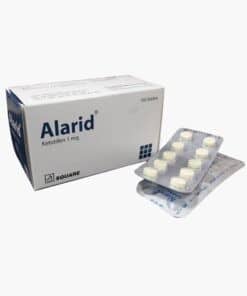

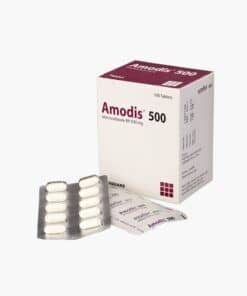
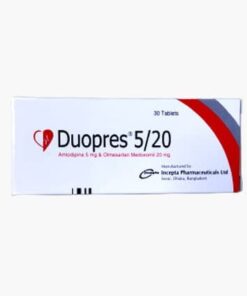
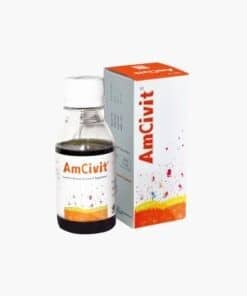
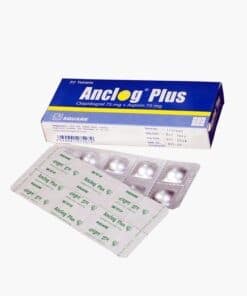
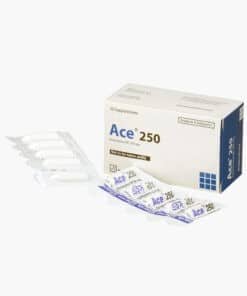
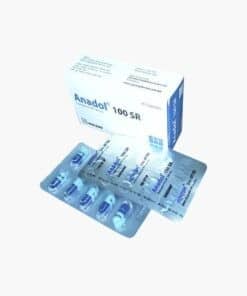
Reviews
There are no reviews yet.